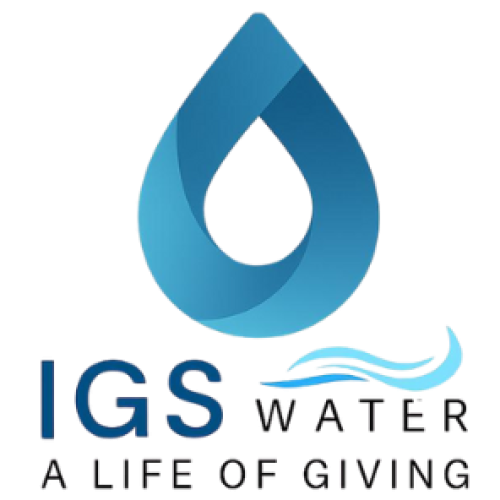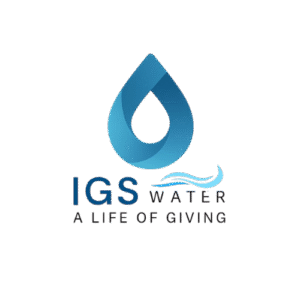If you’ve ever wondered whether you need a water filter, softener, or conditioner, you’re not alone. Many homeowners and facility managers find these terms confusing. Let’s break it down so you can make the right choice for your water quality needs.
What is Water Filtration?
Filtration is the physical or chemical removal of unwanted particles or contaminants from water, such as:
✅ Sediment (sand, silt, rust)
✅ Chlorine and chloramines
✅ Heavy metals (lead, iron)
✅ Certain chemicals (pesticides, VOCs)
How it works: Filters use media like activated carbon, sediment cartridges, or advanced membranes to trap and remove these contaminants.
Best for: Improving taste, odor, clarity, and safety of drinking water.
What is Water Conditioning?
Water conditioning typically refers to methods that alter how minerals behave in your water without removing them, especially for scale prevention.
✅ Reduces limescale buildup in pipes and appliances
✅ Helps maintain appliance efficiency
✅ Requires no salt or regeneration (in most systems)
How it works: Most water conditioners use physical or catalytic processes (like template-assisted crystallization or magnetic treatment) to change the structure of hardness minerals so they don’t stick to surfaces.
Best for: Homes and businesses dealing with hard water scale, but who want a salt-free, low-maintenance solution.
What About Water Softeners?
Water softeners are different from conditioners. They remove hardness minerals (calcium and magnesium) through ion exchange, replacing them with sodium or potassium ions.
✅ Completely removes water hardness
✅ Prevents scale and spotting
✅ Helps soap lather better
Best for: Areas with very hard water or clients requiring truly soft water for laundry, bathing, or specific processes.
Can You Combine Them?
Absolutely. Many systems combine filtration + conditioning + softening for comprehensive water treatment:
- Filtration removes sediment and chemicals.
- Conditioning reduces scale buildup.
- Softening (if used) ensures truly soft water for sensitive applications.

